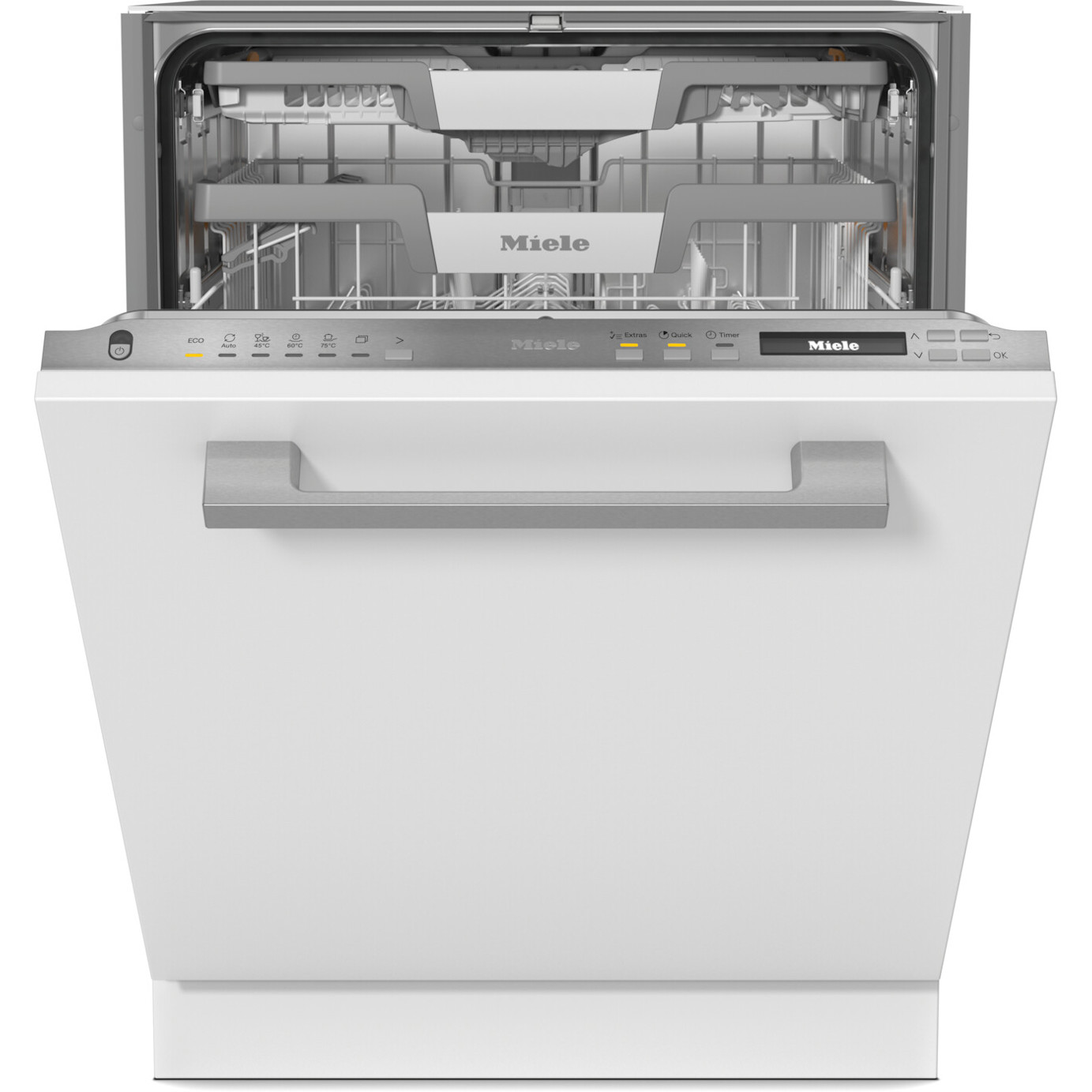Self-Contained Induction Hob Test: A Comprehensive Overview
Induction cooking has actually risen in popularity thanks to its performance, speed, and safety features. Amongst the myriad of alternatives on the marketplace, self-contained induction hobs have become a quintessential choice for both home cooks and culinary professionals. Ceranfeld 60 Cm Test delves deeply into self-contained induction hobs, detailing how to test their efficiency, advantages, disadvantages, and answers to often asked concerns.
What is a Self-Contained Induction Hob?
A self-contained induction hob is a cooking device where the heating element is integrated within the system. Unlike conventional methods that make use of flame or electrical coils, induction cooking overcomes electro-magnetic energy, straight warming pots and pans while keeping the surface area cool. These hobs are popular for property usage due to their compact size and ease of setup.
Secret Features of Self-Contained Induction Hobs
- Performance: Induction hobs utilize about 90% of the energy produced, compared to gas and electrical cooktops, which just convert about 40%-55% of their energy.
- Speed: They can warm pots and pans in a matter of seconds, cutting cooking times significantly.
- Safety: The cooking surface stays relatively cool, lowering the possibility of burns and making them much safer for homes with kids.
- Accuracy: Induction hobs offer precise temperature level control, enabling precise cooking.
A Closer Look at the Test Procedures
To correctly assess a self-contained induction hob, a series of tests can be carried out to determine its efficiency, security, and effectiveness. Below is an outline of the crucial screening treatments.
Checking Procedures for Self-Contained Induction Hobs
| Test Type | Purpose | Method |
|---|---|---|
| Performance Test | Procedures warming speed and temperature control | Utilize a digital thermometer to measure heat-up time and temperature consistency |
| Energy Consumption Test | Evaluates energy performance | Use a watt meter to measure energy taken in during various cooking phases |
| Security Test | Assesses overheat security and vehicle shutdown features | Run the hob continually at optimum settings and screen for security protocols |
| Ease-of-Use Test | Takes a look at the user interface and control responsiveness | Assess the ease of access to settings, responsiveness of touch or dial controls |
| Compatibility Test | Determines which cookware types work efficiently | Test various cookware products (cast iron, stainless steel, and so on) for magnetic induction compatibility |
Performance Testing in Detail
Carrying out an extensive efficiency test involves measuring and taping specific criteria:
- Heat-Up Time: Time taken for the hob to bring a liter of water to a specified temperature level (e.g., boiling point).
- Temperature Stability: The capability to maintain a constant temperature level during cooking.
- Reaction Time: The time it takes the hob to react to temperature changes.
Example Data Collection
| Test Instance | Heat-Up Time (seconds) | Temperature Stability ( ° C) | Response Time (seconds) |
|---|---|---|---|
| Instance 1 | 45 | 90 | 3 |
| Circumstances 2 | 48 | 88 | 2.5 |
| Circumstances 3 | 47 | 89 | 3.5 |
Benefits and Drawbacks of Self-Contained Induction Hobs
Advantages
- Energy Efficiency: A considerable reduction in energy usage compared to conventional sockets.
- Speed: Faster cooking times can result in enhanced meal preparation.
- Easy Cleaning: The smooth surface area permits simple and easy cleaning, typically just requiring a simple clean down.
- Portable Options: Many self-contained induction hobs are compact and lightweight, perfect for small cooking areas or even outside cooking.
Disadvantages
- Cookware Compatibility: Requires particular magnetic pots and pans, which may require an additional investment.
- Greater Initial Cost: Induction hobs can be more costly than other cooking types.
- Power Supply Requirements: Some models require devoted source of power that might not be available in every cooking area.
- Learning Curve: New users might require a period of adjustment to master temperature level control and cookware interaction.
FAQs about Self-Contained Induction Hobs
1. What types of pots and pans can be utilized with induction hobs?Induction hobs deal with ferrous metals (magnetic cookware), consisting of cast iron and some stainless steels. Aluminum and copper require a magnetic base.
2. Do induction hobs consume more energy than electric or gas hobs?No, induction hobs are usually more energy-efficient than both gas and standard electrical cooktops.
3. Are induction hobs safe for households with children?Yes, due to the cool surface area and security features like automated shutoff, they are normally much safer compared to gas hobs.
4. Can induction hobs be used for any type of cooking?They are flexible and can manage most cooking methods, including sautéing, boiling, and frying.
5. What takes place if I try to utilize non-magnetic pots and pans?Non-magnetic cookware will not warm up on an induction hob, as the electromagnetic field needs magnetism to produce heat.
Self-contained induction hobs present a perfect service for modern cooking areas, combining safety, efficiency, and speed. With the ideal testing protocols, cooking area users can evaluate numerous designs to discover the best fit for their culinary requirements. As cookware innovation continues to evolve and energy efficiency ends up being progressively central to home cooking, self-contained induction hobs will likely keep their place as a popular choice amongst property owners and professional chefs alike. Comprehending Geschirrspüler Mit Zeolith Trocknung and functionality assists customers make notified decisions to elevate their cooking experiences.

